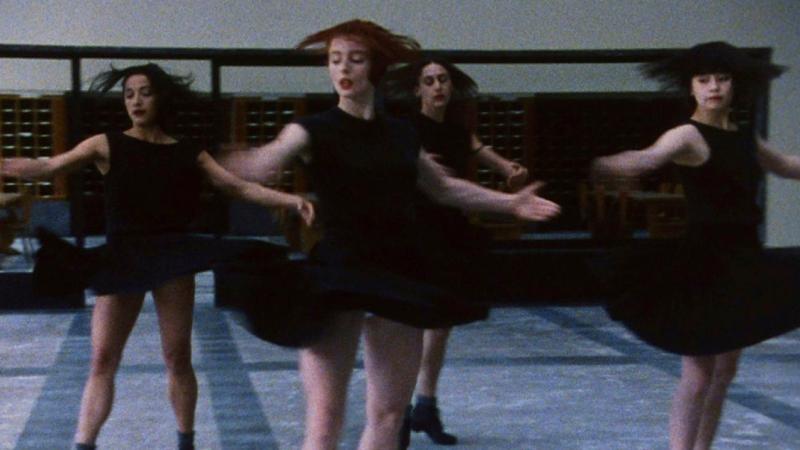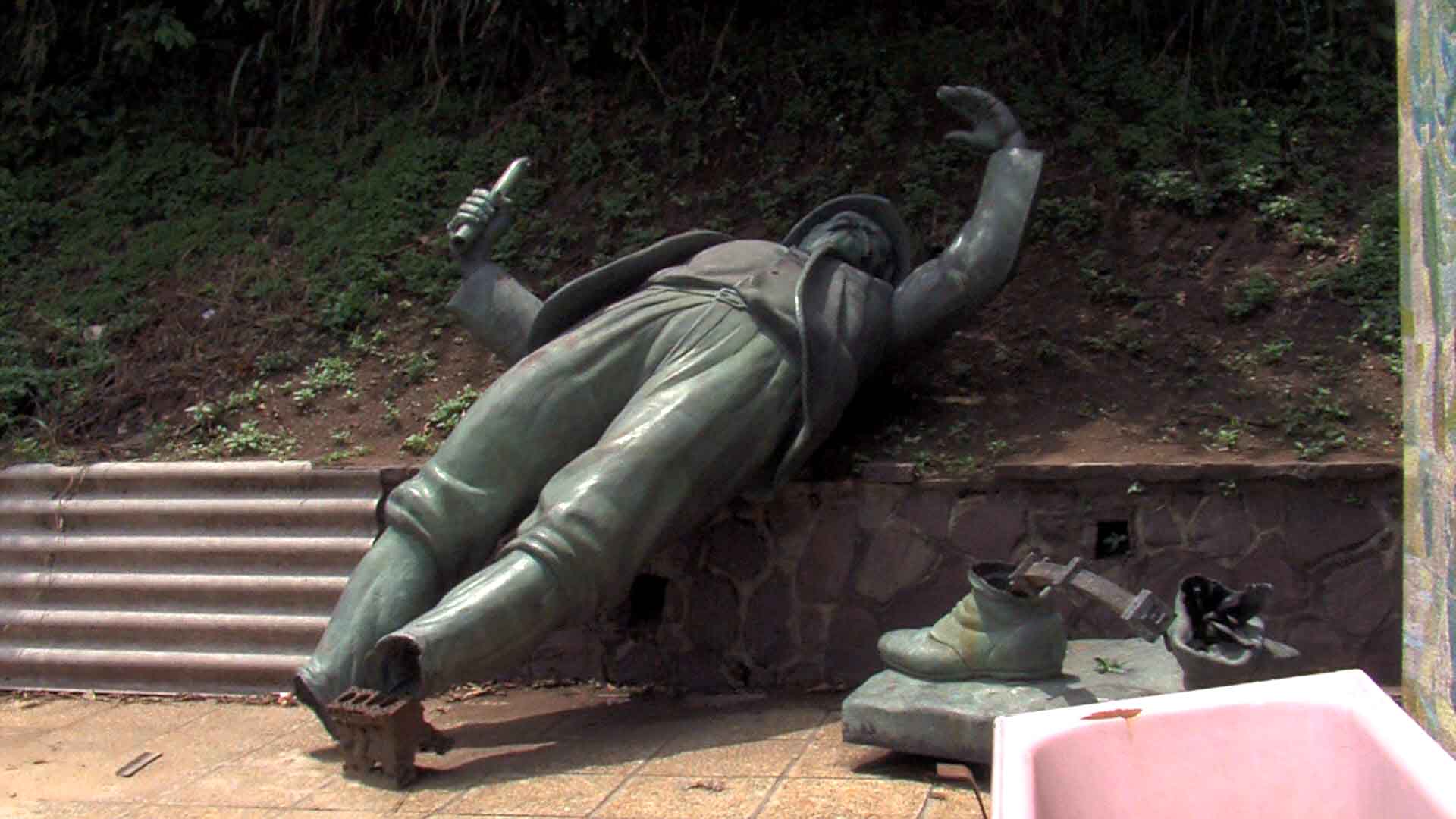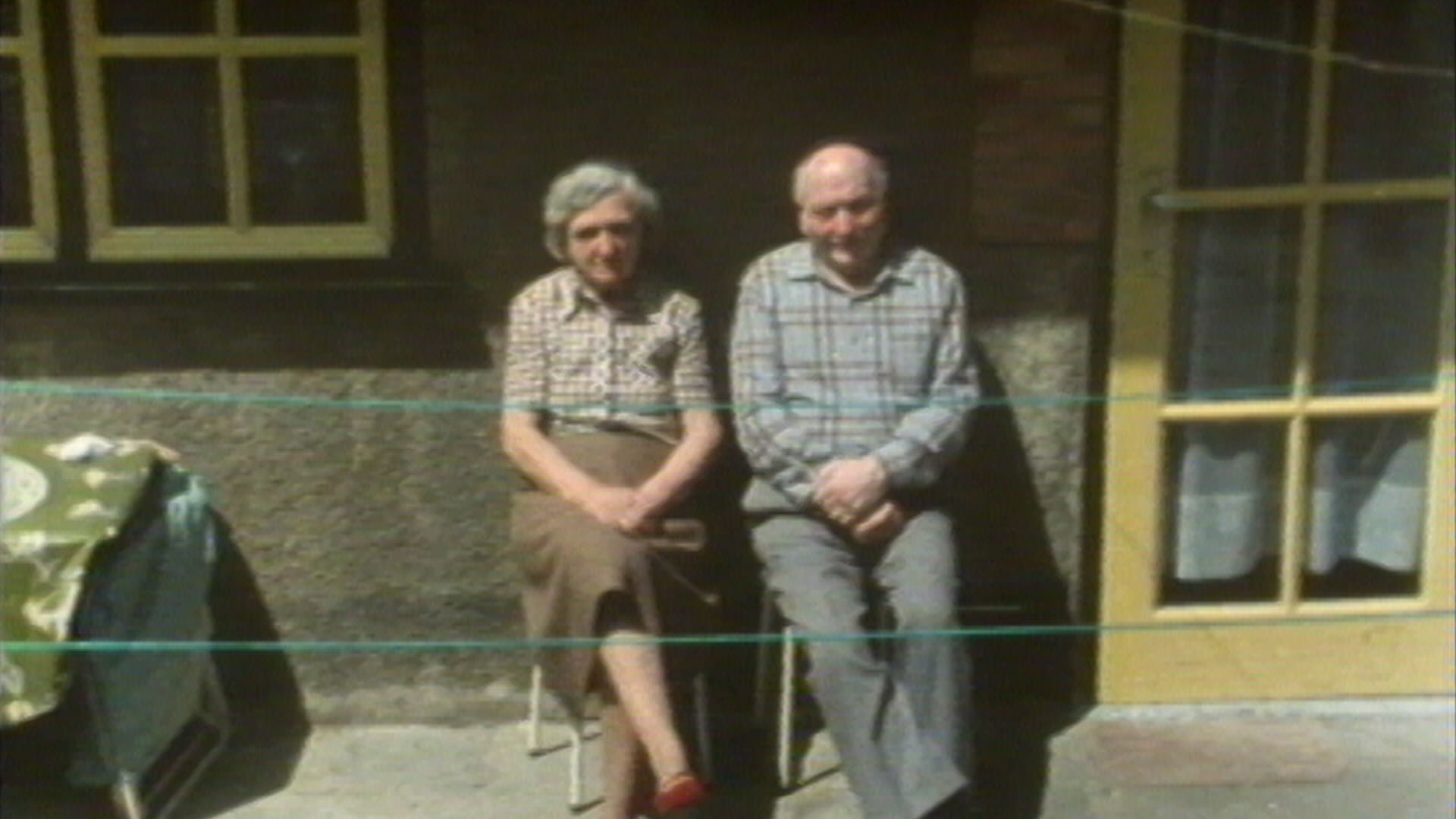Collection

Four dance films and three documentaries about Anne Teresa De Keersmaeker's dance company Rosas.
↓ Coming Soon

Spectres
Sven Augustijnen,

Floréal
Thierry De Mey,

Four dance films and three documentaries about Anne Teresa De Keersmaeker's dance company Rosas.

